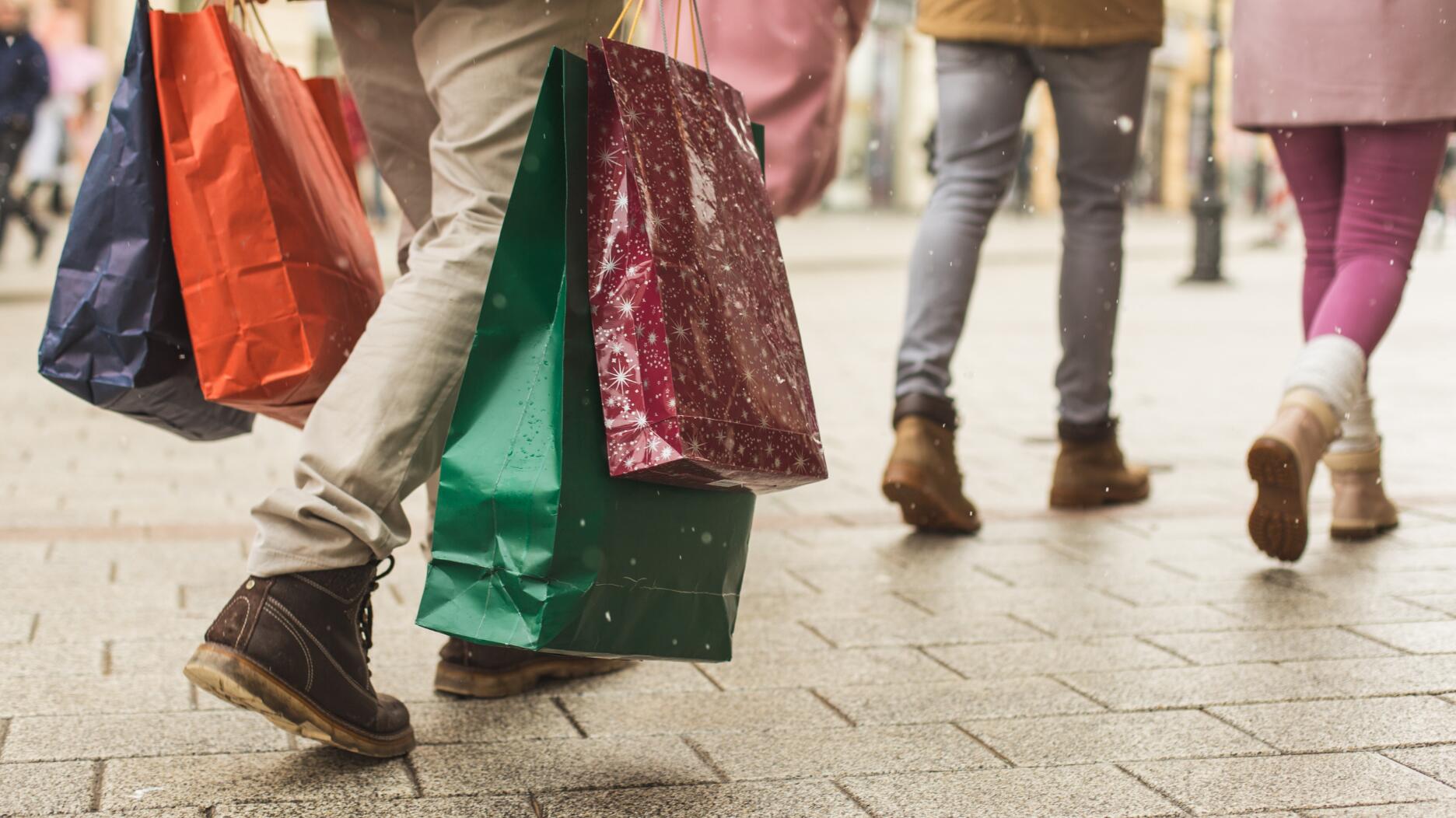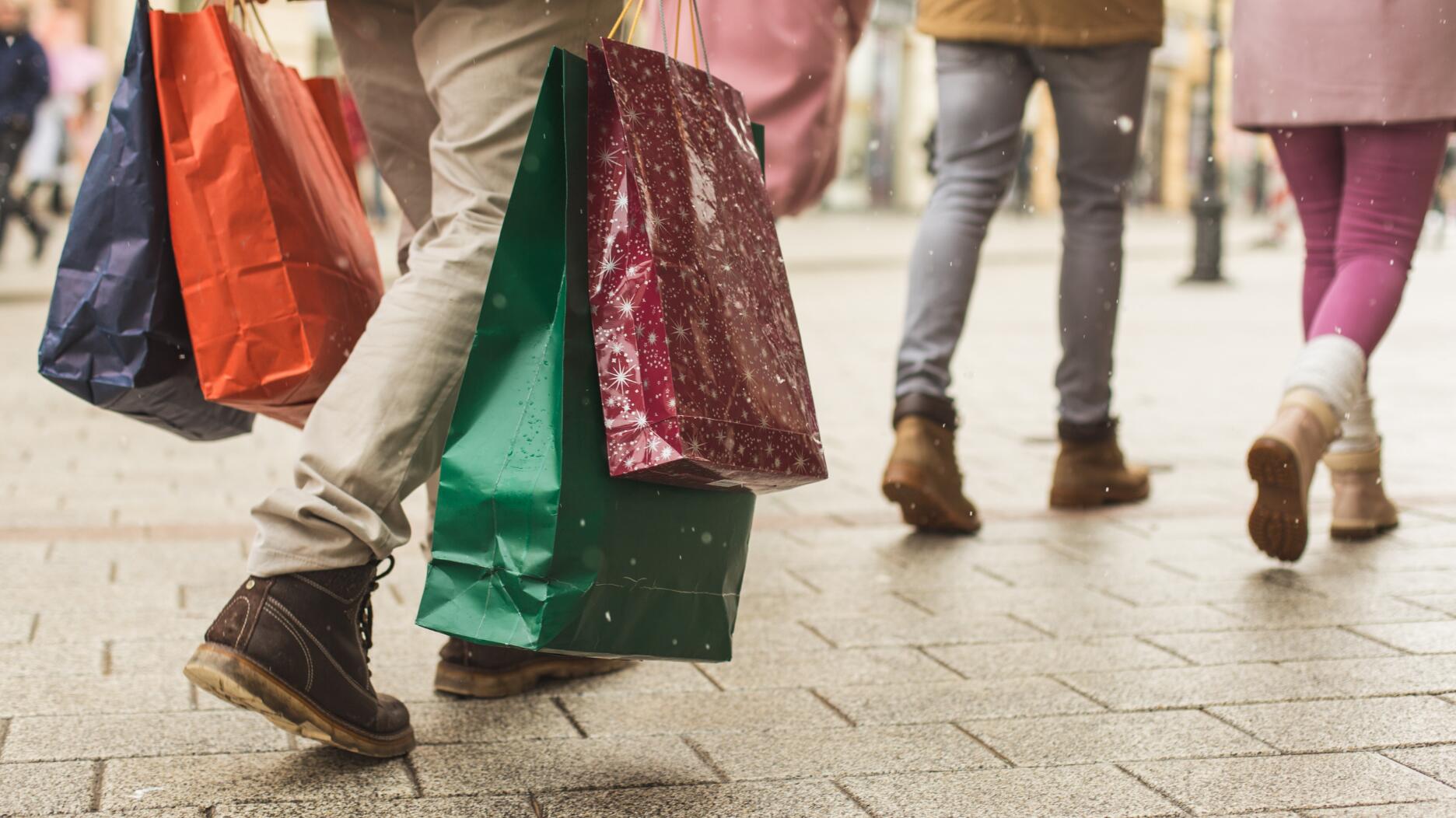4 Findings from PGI’s Consumer Survey About Sustainability and Jewelry
Here’s which factors influence—and which don’t—their purchasing decisions.

To better understand which of these factors are most important to consumers, Platinum Guild International USA commissioned a study on the topic and how these factors relate to fine jewelry purchases.
The survey answers came from 500 U.S. consumers in December who had purchased or received a fine jewelry piece worth more than $1,000 in the last two years.
Respondents were evenly split between male and female, were between the ages of 18 and 65, and had household incomes of more than $50,000.
The study focused on key areas like the importance of ESG aspects, how sustainability factors fit with fine jewelry, and their impact on their purchasing decision.
“We feel it is important for our industry to make a continued commitment toward sustainable practices in all levels of business,” said PGI USA President Jenny Luker.
“In order to be highly effective in this space and provide value to our partners and the industry at large, we felt it was necessary to conduct a study that would show the baseline of what sustainability actually means to consumers, allowing our future communications to be more effectively received.”
Here are four key findings from the survey’s results.
1. Consumer understanding of sustainability varies.
Consumers said they think words and phrases like “environmentally responsible,” “sustainable sourcing,” and “traceability” fit best when it comes to sustainability, the survey found, but human rights and fair labor practices are what will most likely sway their purchasing decision, PGI said.
And, while many consumers indicated they believe sustainability is about jewelry being produced responsibly, with environmentally friendly practices, and with fair labor laws, still others said they think it relates to the durability and quality of the piece, further showing an unclear understanding of the word to consumers.
2. Sustainability isn’t at the top of the list of factors influencing their choices.
While the topic is important to many fine jewelry consumers, it doesn’t play nearly as big of a role in their selection as quality, design, and metal used.
Sustainability came in fourth, followed by price and whether there are gemstones used last.
3. Young consumers are driving the conversations with jewelers.
About 40 percent said they had conversations with their jewelry about sustainability.
These conversations are mostly driven by those aged 18-39, with topics focusing on how the piece was made, where the materials were sourced, and the quality/durability of the piece.
4. Consumers will pay a premium for sustainability.
Most consumers indicated in the survey that they would pay an average of 15 percent to 20 percent more for all sustainable aspects, particularly environmentally responsible, human rights, and fair labor practices.
A webinar to be held on Thursday, April 14, featuring the senior research manager from 360 Market Reach, will take attendees through the study’s key findings.
Registration for that can be found on the Women’s Jewelry Association website.
The Latest

The couple pleaded guilty to concealing at least $127 million in cash transactions at its precious metals businesses.

In February 2026, the auction house will move its headquarters to the former Steinway Hall, a neoclassical landmark on Billionaires’ Row.

The new show will take place Jan. 23-25, 2026.

How Jewelers of America’s 20 Under 40 are leading to ensure a brighter future for the jewelry industry.

The former BHP Billiton leader and Gemfields chairman is remembered for his influential leadership throughout his 50-year mining career.


The LVMH-owned brand has partnered with the costume design union to revamp its award for 2026.

The luxury titan inked a deal to acquire an initial minority stake in the jewelry manufacturer with a pathway to full ownership by 2032.

Roseco’s 704-page catalog showcases new lab-grown diamonds, findings, tools & more—available in print or interactive digital editions.

The company’s curation of unsigned vintage and estate jewelry debuted at the Bloomingdale’s in Costa Mesa, California.

In the recent multi-shipment seizure, CBP also found counterfeit Audemars Piguet, Moncler, and Chrome Hearts items.

Helzberg’s Chief Retail Officer Mitch Maggart shared details about its tests of a new store concept rooted in an elevated luxury experience.

Jewelers of America execs and National Jeweler editors discuss tariffs, the sky-high gold price, and the engagement that broke the internet.

The luxury goods company said founder Ippolita Rostagno will remain at the brand’s helm.

Laura Burdese, who joined the Italian luxury brand in 2022, will take on the role in July.

The National Jeweler editors revisit the most noteworthy industry happenings and design trends from 2025.

Need a gift for the cat lover who has everything? Look no further than our latest Piece of the Week.

It purchased the “Grosse Pièce,” an ultra-complicated Audemars Piguet pocket watch from the ‘20s, for a record-breaking price at Sotheby’s.

The lab-grown diamond grower now offers custom engagement and fashion jewelry through its Kira Custom Lab Jewelry service.

Chandler got his start at Michelson Jewelers and has served as DCA president and CEO since 2001. He will retire at the end of the month.

The boutique is slated to open this week inside Terminal 8, offering pre-owned Rolex watches and more to international travelers.

Sponsored by Digital Monitoring Products

The special-edition egg pendant ingested in a New Zealand jewelry store was recovered after a six-day wait.

Associate Editor Natalie Francisco plays favorites with Piece of the Week, selecting a standout piece of jewelry from each month of 2025.

The “Love and Desire” campaign is inspired by the magic that follows when one’s heart leads the way, said the brand.

Two awardees will receive free tuition for an educational course at the Swiss lab, with flights and lodging included.

Berta de Pablos-Barbier will replace Alexander Lacik at the start of January, two months earlier than expected.

Sotheby’s held its first two jewelry sales at the Breuer building last week, and they totaled nearly $44 million.




























